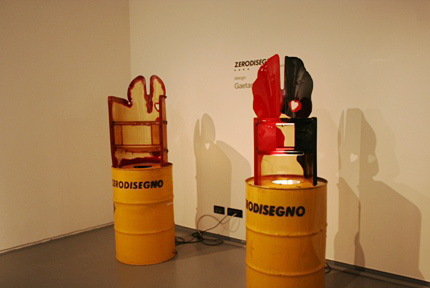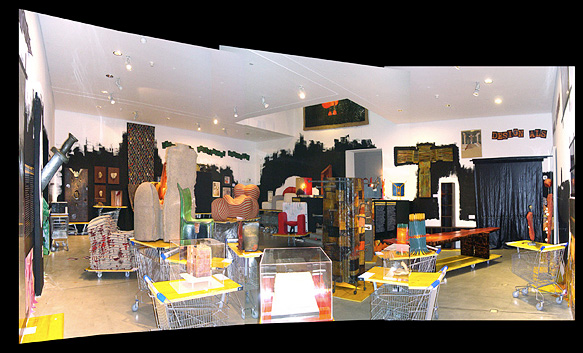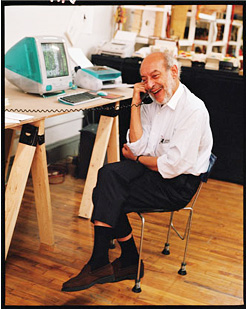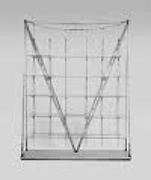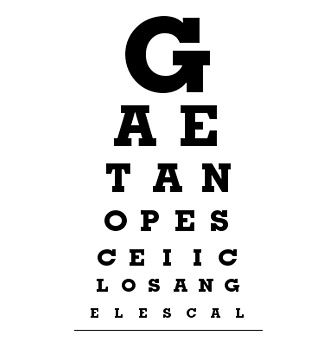| Conceptual basis of the exhibition design of " Gaetano Pesce: Pieces From a Larger Puzzle" John Geresi TITLE The title "Pieces from a Larger Puzzle" (it was changed from the initial "Pieces of a Larger Puzzle " in consultation with Pesce) was a way to communicate that there was a more complex mosaic of Pesce's work than what people would see in the exhibition. The conscious use of the word "piece" in the title was intended to allow for missing pieces (i.e. the important Pratt chair prototype described in our show catalog) and well as to reference directly each physical piece in (or not in) the show. A puzzle can be deciphered and/or reconstituted, but sometimes that takes a lot effort. So given the range of Pesce's achievements I wanted folks to understand that "getting" the full puzzle done was partly their responsibility by looking beyond the IIC LA gallery walls. That is why the exhibition website will have far more than what we have in the show and is an important part of the experience. Other rejected titles for the exhibition included Gaetano Pesce: a ≠ a, Gaetano Pesce: A Retrospective, and Gaetano Pesce: Pieces from Los Angeles collections' CHOICE OF VERY BASIC DISPLAY MATERIALS IN THE SALA ITALIA GALLERY We had no budget for display materials. Wood pallets seemed an inexpensive way to allow us the freedom to move pieces off the ground if necessary. The pallets aesthetic is also consistent with Arte Povera, which phrase was coined by exhibition catalog contributor Germano Celant, and which developed in the years just after Pesce's shift from a kinetic artist to a designer. The pallets also connote constant movement, and travel has been an essential part of Pesce's life. BIBLIOTECA (Library) DISPLAY STRATEGY The decision to separate objects in Tobia Scarpa's vitrines in the Library from the Sala Italia Gallery's more basic display tools was meant to demonstrate the power and the beauty of the individual objects both within a formal space (the vitrines, while modern, are a very traditional design) and in a more raw and informal setting. ALLUSIONS TO PREVIOUS PESCE EXHIBITIONS In April of 2010 Meritalia introduced a new series of Pesce's furniture in Milan called Senza Fine. The work (and some lamps from a different series ) were displayed on shipping pallets, which was a choice we too had made months before. Stencils: We used four stencils of Pesce-designed objects made by an architecture student from SCI-Arc, Brian Zentmyer, from images that I supplied and spray-painted them on some of the pallets, on the sawhorses, and on the award presentation platform. This helped create a specificity for our display tools. For the opening we also decided not to lay Sod on the pallets that hold the Open Sky Baby Crosby and Crosby Chairs. It would have been pretty, but would probably have had to have been done for all pallets, and that seemed excessive. It would also have been interesting to see the grass turn from green yellow over time, and would have given a sense of the show's ephemerality. |
